Until just recently, Trove was doing a blog series on Advertising through the decades, ingeniously titled "Ad Nauseam" (although this author does hope it didn't bring anyone to actual physical nausea). In that series, Trove talked about a slew of different ads and showed how advertising changed decade to decade from the 1950s onward, and we introduced you to the series with what was a truly terrifying ad--the dawn of the Jolly Green Giant. This ad has haunted my dreams every night since I saw it, as this Jolly Green specter of a vegetable-based doom has been permanently lodged in my memory.
However, whilst hallucinating this leafy leviathan stalking me at every turn, it dawned on me that this particular haunting actually proved to be pretty effective advertising; after all, it proved to be memorable.
But what truly makes an ad memorable? (Besides sheer, unadulterated horror, in the case of the Jolly Green Giant). There are all sorts of factors, both technically and narratively stylistic, that can aid in creating a memorable ad, and while you could construct an “Iliad” of advertising and discuss them all, we’ve went ahead and chosen what we believe to be eight (everybody does ten) of the best (in no particular order). Here they are!
1. A People Person- Create An Interesting Character
“15 minutes could save you 15 percent or more on car insurance.” How many freaking times have you heard this from either a gecko with an English accent, a squealing pig named Maxwell, or a crew of crestfallen cavemen? Everybody knows about Geico, and it’s because they really hammer home one of the key elements of advertising--creating an interesting character. Try as you might, it’s pretty hard to forget any of Geico’s mascots because they’re just plain bizarre. Pretty much any advertising mascot fits this bill, whether it’s Tony the Tiger growling at children or that old Six Flags guy with the killer dance moves. Character, in advertising, television, or even film, is essential.
2. Who Do You Think You’re Talking To?- Demographics
Do we all remember Kidz Bop? The grotesque display of musical irreverence that resulted in the shameful butchering of many beloved pop songs? (I.e. changing Lorde’s “Royals” lyrics from “grey goose/trippin’ in the bathroom” to “gold goose/singin’ in the bathroom). Well when they advertising their terrible product, how did they do it? They showed little kids dancing around, screaming the lyrics to the songs. They did not show a bunch of middle-aged men enjoying NFL Sunday saying “Wow, this game’s almost as good as the latest version of Kidz Bop!” You have to play to demographics and your target audience if you want to be anywhere near successful in your advertising. This seems like a serious no-brainer, but it’s so pivotal it deserves a mention on the list.
3. Living Just to Find Emotion- Appealing to Emotion
We wrote a great blog on this last year about how emotion resonates with people in not just advertising, but really in any medium. If you just sob uncontrollably watching something (curse you, “Inside Out”) or fly into an over-the-top rage (three words--The Red Wedding), you’re going to remember it. Same goes for advertising. Publix is famous for having these long commercials where an American family gathers for some sort of special occasion, and ends up having some sort of “adorable”, sentimental ending that leaves some rather misty. In no point in the commercial do they even mention Publix; the most they do is show the already-prepared food. They don’t mention Publix until the end, when the impact has already hit home and you’re already a pile of weeping goo. Potentially manipulative in some cases, but emotion always works.
4. Repetition, Repetition, Repetition-Repetition
This one’s pretty simple; if something is repeated to you, the likelihood of you remembering it increases exponentially. It’s like constantly rereading chapters in a textbook to prepare for a test. In this case, though, it’s against your will. We talked about the Geico “15 minutes” quotes already, and really any catchy slogan you can think of has already won the memorable advertising battle because...well, you can think of it. Whether it’s the recently retired Buzz telling you to “Be Happy, Be Healthy” with Honey Nut Cheerios (they legitimately retired him to raise bee awareness, no joke) or McDonald’s constantly brainwashing you to say “I’m Lovin’ It”. After hearing something enough, you can’t help but remember it.
5. Sex Marks the Spot- Sexuality
Fortunately, advertisers don’t share the same problem that the band Right Said Fred had; they can never be too sexy. If there’s one thing that everybody on the face of the Earth can agree on, it’s that looking at pretty people is pretty wonderful. So why not play on humanity’s base instincts and feature somebody attractive in your advertisement? Put Margot Robbie’s stunning visage on a box of anchovies and I’m sold. Slap Ryan Reynolds’ abs next to a pile of used q-tips and women will constantly find themselves cleaning their ears regularly. How many of us have seen perfume/cologne ads that basically are just attractive people having sex in the ocean...and then gone out and buy that very perfume/cologne? I hate to say it, but sex sells.
6. I’ve Got 99 Problems, But A Bad Ad Ain’t One- Problem/Solution Method
One of the more effective advertising techniques that you honestly may not even notice, unless it’s the Beavis-esque Shamwow man tarnishing things right in front of you then immediately repairing them. Most of the time, the problem/solution method is a little more subtle. Southwest Airlines has its famous “Wanna get away?” campaign which they pull off extremely well, thanks to presenting a problem (something miserable happens to the ad’s main character) and a solution (the actual “getting away” of flying with Southwest). Bounty, the “quilted quicker picker upper” (try not to read that while singing) does the same, presenting a casual mess then cleaning it up. Advertising is all the more effective when customers can actually see a practical application of your product or service.
7. Tickling Your Funny Bone- Mentioning Mortality (Just Kidding, Humor!)
Sure, humor falls sort of in the same vein as emotion obviously, but what differentiates it is that it’s employed way more regularly. It’s easier for advertisers to come up with a great joke and punchline in thirty seconds than get you to care about the characters in the ad and feel genuine emotion for them in thirty seconds. Everybody remembers a good joke. Watch the veritable solar system of ads that rotate around the venerable marketing sun that is the Super Bowl and you’ll find the proverbial cup running over with comedic ads, i.e. the reliably hysterical ads Doritos makes every year.
8. Can You See What I See?- Visually Stimulating
Perhaps the single most important aspect of advertising and all visual mediums is...wait for it...the visuals. While we did talk about sexuality already (something that is visually stimulating in other ways), you have to be visually stimulated by what you’re watching to even be remotely interested. Something absolutely has to acquire your attention. Whether it’s exuberant and bright colors, wild special effects, something completely out of the ordinary occurring onscreen (we’re looking at you, PuppyMonkeyBaby) or even something as simple as an actor’s portrayal of their role; if you’re not compelling customers to continue to watch your ad, you’ve already lost the battle. Like we said about sexuality, people want to watch pretty things. If people wanted to see the same old humdrum things they see in everyday life, they wouldn’t be watching television or even come across your ad. Something needs to stand out. Your ad overall, as a wise man named Cosmo Kramer once said, should be an “orgiastic feast for the senses,” and sight should be the sense you’re most concerned with.
So there you have it folks; the undisputed techniques on how to create a memorable ad, or, really, any memorable form of media and social convention. These techniques, as you saw, don’t have to just apply to advertising, but can apply to your short film, to a job interview, to your kid’s lemonade stand, to anything. If your job revolves around social interaction (which most jobs do) these could be the tips for you. You need to be the E.T. to somebody’s Elliot; you need to be “riiiiight heeeere.”
Thanks for reading again guys! If you dug the blog this week and haven’t checked out our other blogs go for it! And if you’re looking to work with some people who really get these fundamentals and can make them happen, check out our website at trovestudio.net!



